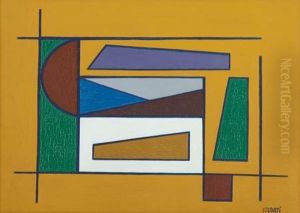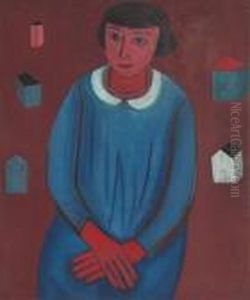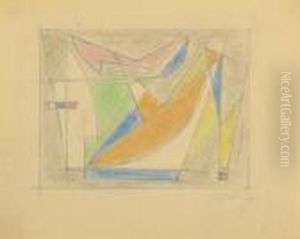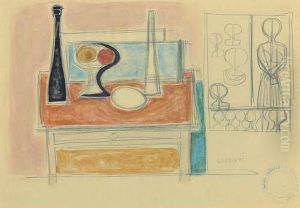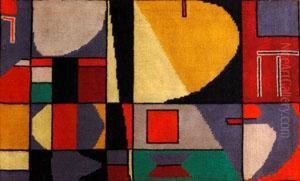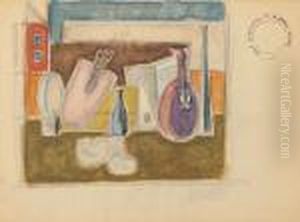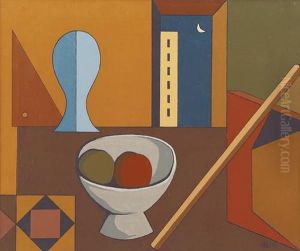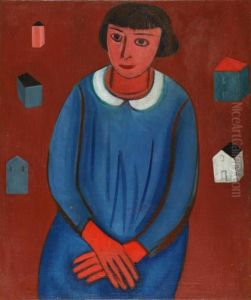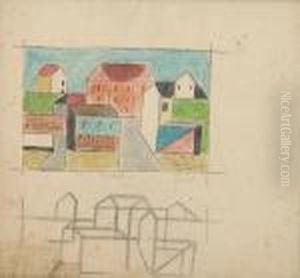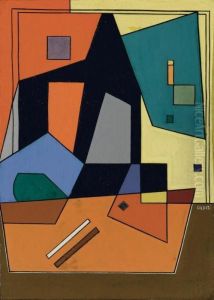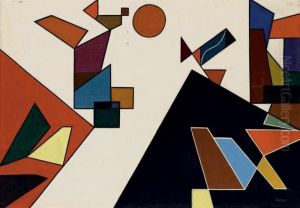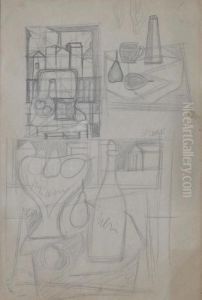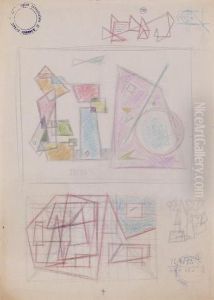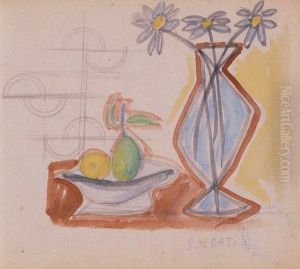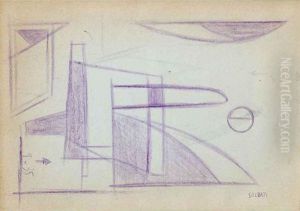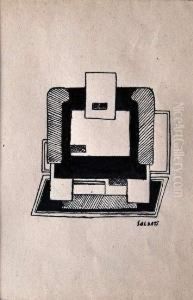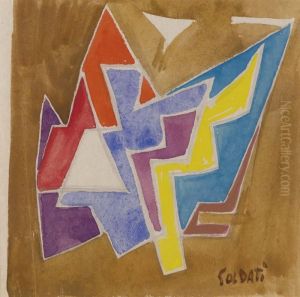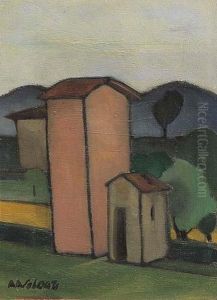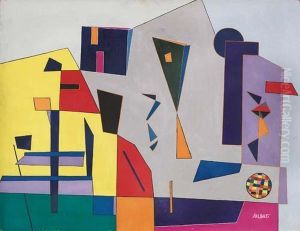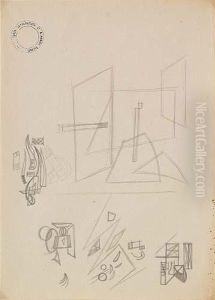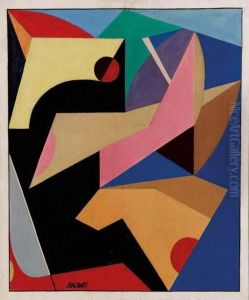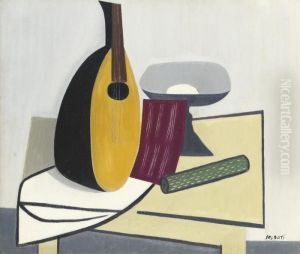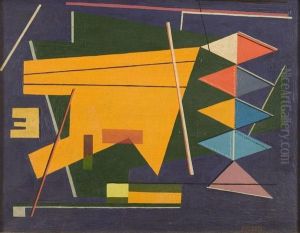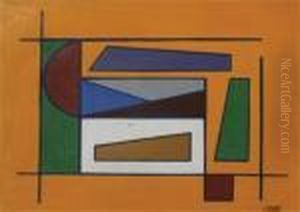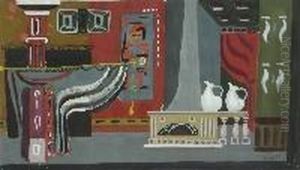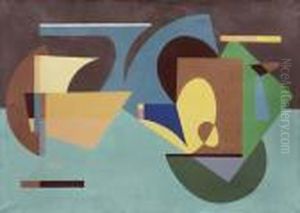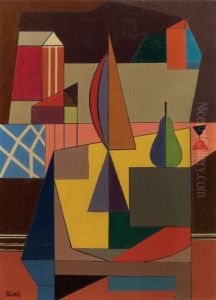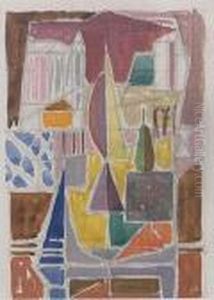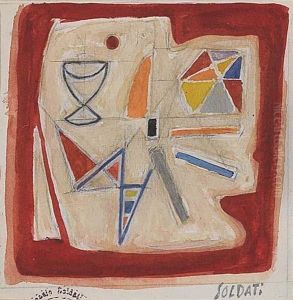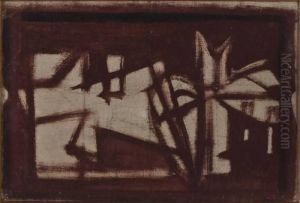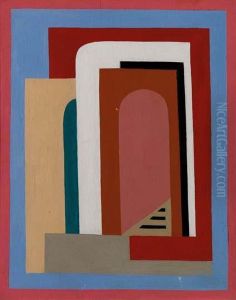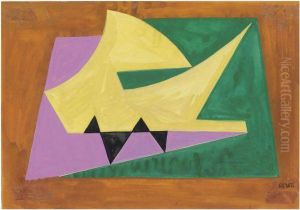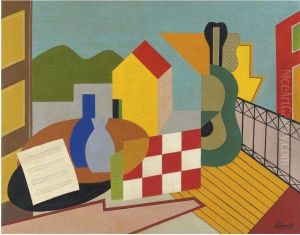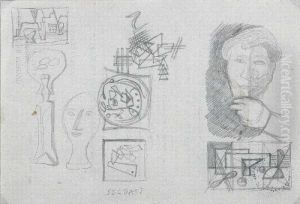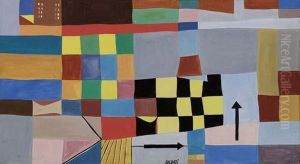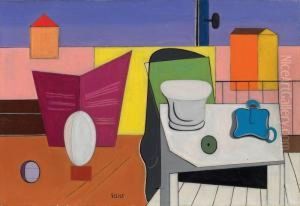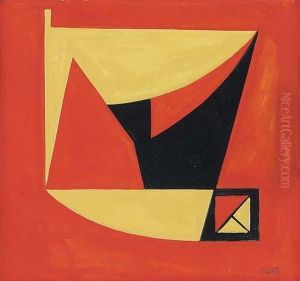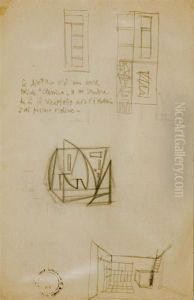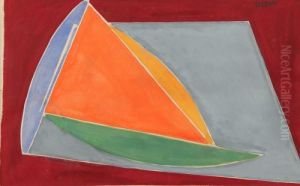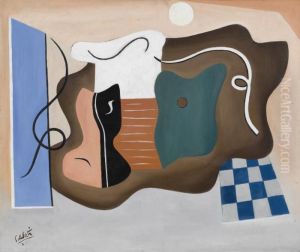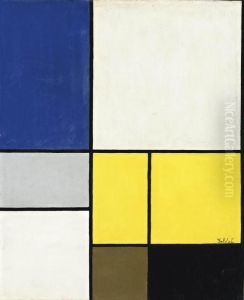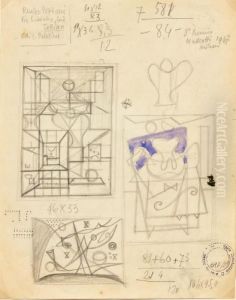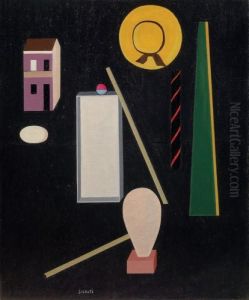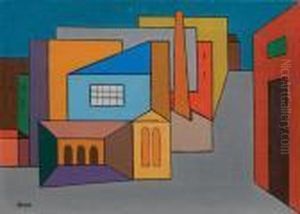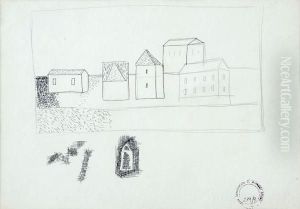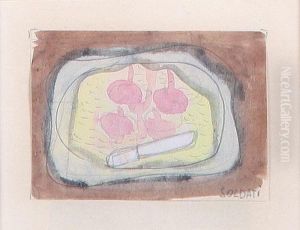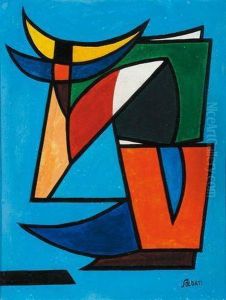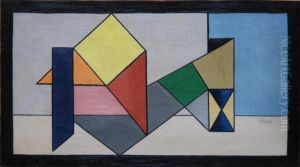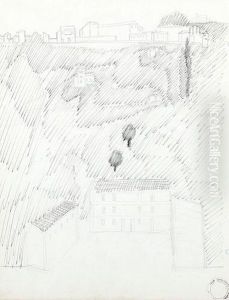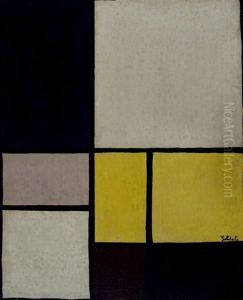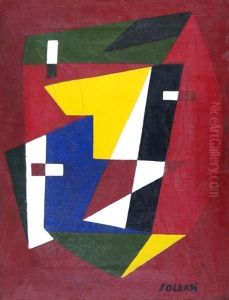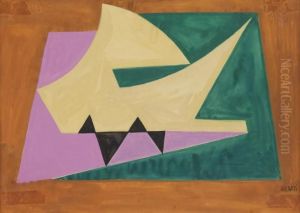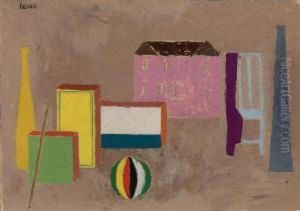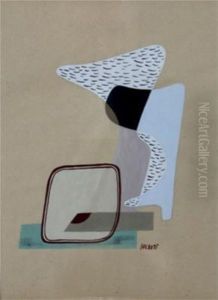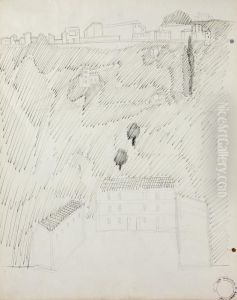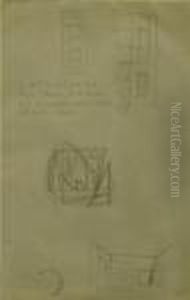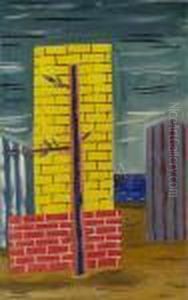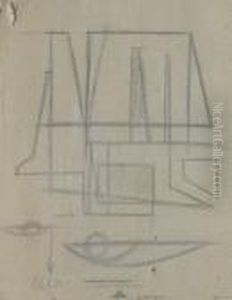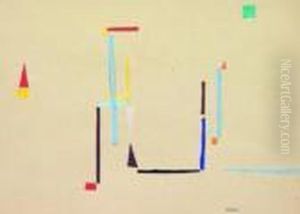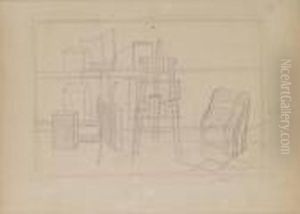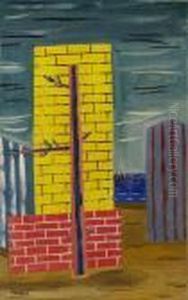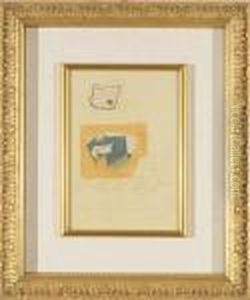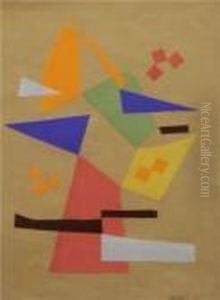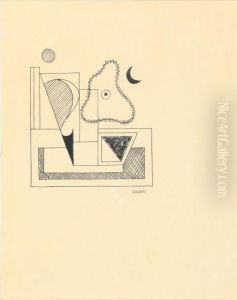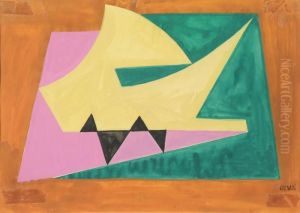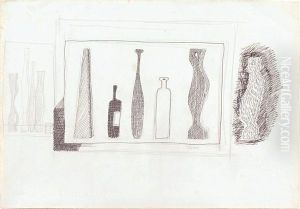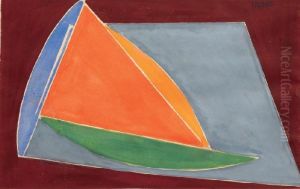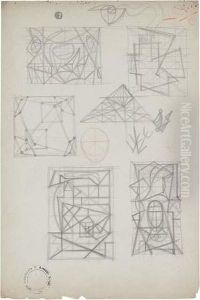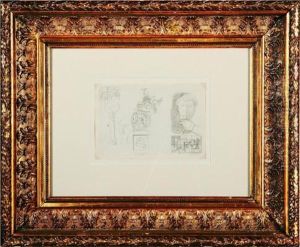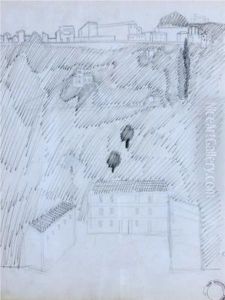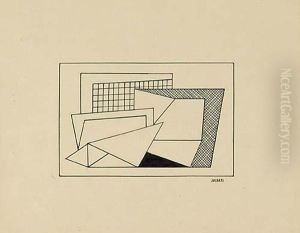Atanasio Soldati Paintings
Atanasio Soldati was an Italian painter and sculptor, born on December 1, 1896, in Parma, Italy. He is known for his contributions to abstract art in Italy and was a significant figure in the development of the abstract movement in the country during the 20th century. Soldati initially studied engineering but his passion for art led him to pursue a career in painting. He moved to Milan in the 1920s, where he was exposed to the avant-garde art scene and was particularly influenced by the Futurist movement.
Soldati's early work was rooted in figurative painting, but by the 1930s, he began to explore abstraction, which would become a defining feature of his artistic output. In 1933, he founded the group 'Movimento Arte Concreta' (MAC) along with other artists such as Gillo Dorfles and Gianni Monnet. The group aimed to promote concrete art, which emphasized geometric abstraction and the autonomy of the artwork from the representations of the natural world.
Throughout his career, Soldati experimented with a variety of mediums, including painting, sculpture, mosaics, and graphic design. His abstract compositions were characterized by bold colors, geometric shapes, and a dynamic sense of movement. He sought to create a universal visual language that could transcend cultural and linguistic barriers.
The outbreak of World War II and the political climate in Italy during the Fascist regime posed challenges for Soldati and other avant-garde artists. Nonetheless, he continued to produce art and participate in exhibitions, both in Italy and abroad. His work gained recognition and was included in several important international art shows, including the Venice Biennale.
After the war, Soldati continued to be an active figure in the Italian art scene and participated in the revival of the MAC, which had been disbanded during the war. He also taught at the Accademia di Belle Arti di Brera in Milan, where he influenced a new generation of artists.
Atanasio Soldati died on August 16, 1953, in Forte dei Marmi, Italy. His legacy is preserved in the form of his artworks, which are held in various museums and collections, and his influence on the Italian abstract movement remains significant. His approach to art, marked by a commitment to abstraction and an exploration of the relationships between form, color, and space, has continued to inspire artists and remains relevant in discussions of modern and contemporary art.

